Space Maker
- Oops!Something went wrong.Please try again later.
Space Maker
Jeffrey Gibson
Choctaw/Cherokee artist Jeffrey Gibson has spent decades fighting for Indigenous representation in the mainstream. If his appointment to represent the U.S. at the Venice Biennale is any bellwether, Gibson seems to be making headway with his community-first approach
by Kat Herriman
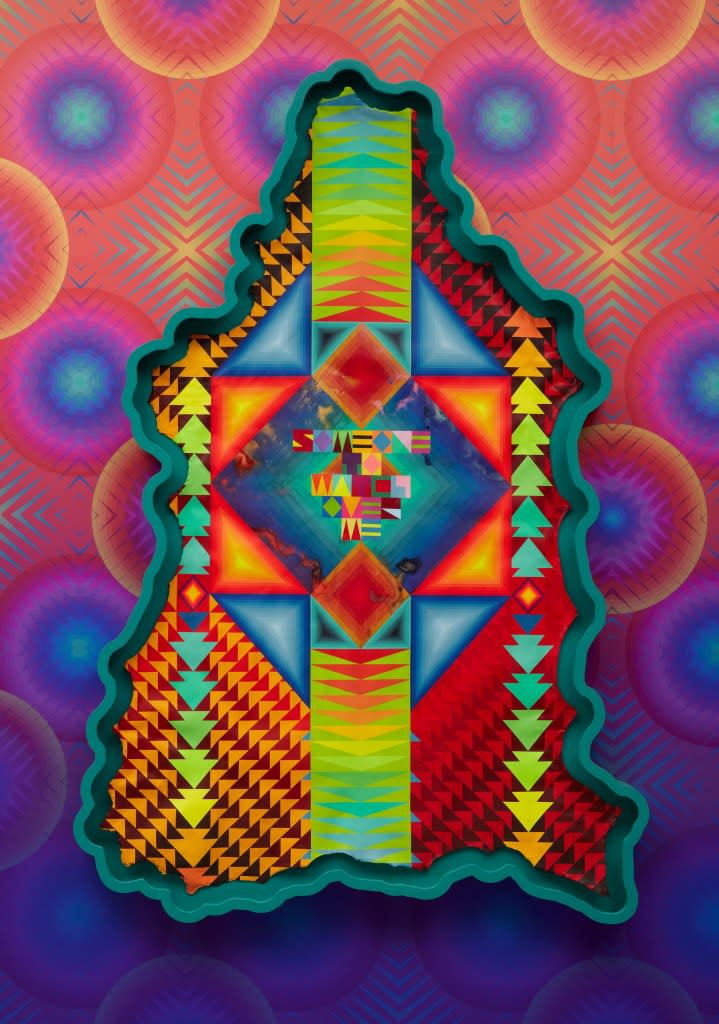
In 1941, the Modern Museum of Art mounted an exhibition titled “Indian Art of the United States.” The anomalous show placed Native art within a contemporary dialogue, displaying objects with the same care as the fledgling institution’s cutting-edge modern art collection. It was not to be followed by more until much later.
Artist Jeffrey Gibson’s 2012 exhibition “One Becomes the Other” at Participant gallery in New York pursued a futurist reimagining of the past 60 years of art that could have been, had the post-war climate gone the other way. It was a major pivot for the Mississippi Choctaw/Cherokee painter in terms of content. It signaled a move away from the gestural abstraction he’d done previously and a pivot toward work that directly addressed the lack of Native narratives represented in cultural institutions and, more importantly, in the wider mainstream consciousness. In the decade or so since, Gibson has been working furiously at bringing these two timelines together. His meteoric rise through the art world is a testament to his efforts, the resonance of his work (which spans painting, sculpture and performance) and the way he’s chosen to navigate and disrupt art’s racist and antiquated hierarchies.
“We must come together and we must make space for one another.”
Gibson’s achievements are too daunting to list in full, but highlights from the past four years include independent shows at the Brooklyn Museum, the Aspen Art Museum, the Portland Art Museum in Oregon, the Institute of Contemporary Art San Francisco and Massachusetts’ deCordova Sculpture Park and Museum. In his free time, if that is what it could ever be called, Gibson assembled “An Indigenous Present,” a portfolio of Native American contemporary practices whose goal was not so much to be encyclopedic but rather to create a blueprint for people who need their own books, their own platforms. It is this compendium that sets Gibson apart. It is rare for an artist to share the spotlight, even rarer for one to create it. In the opening essay, Gibson writes about the urgent need behind the tome. “This book began nearly 20 years ago, as a dream for a community. I was living in Brooklyn… making art… and just starting to get some attention from curators and galleries. While some included my work in group exhibitions, most of these had multicultural themes that were too often attached to diversity initiatives. I wished for a different kind of art system… I knew I wasn’t alone in my wanting.”
There are signs that Gibson and his community are making headway. Currently, there are at least a handful of exhibitions open right now devoted to Native practitioners, including Jaune Quick-to-See and Eric-Paul Riege. There are also the early signs of museum evolution: the shedding of old anachronisms pushed along often by the hiring of Indigenous curators where before there were none. Polo Ralph Lauren named seventh-generation Din. (Navajo) weaver Naiomi Glasses as its first artist in residence. The Academy of Motion Pictures Arts and Sciences has nominated the Blackfeet and Nez Perce actress Lily Gladstone for her starring role in Martin Scorsese’s Killers of the Flower Moon. Gibson is also experiencing another milestone within his own journey as the U.S. representative at the Venice Biennale. It is the first time that an Indigenous person has been given a solo presentation.
“I hope that my contribution to the Venice Biennale will be a place marker within the history of Indigenous and Native art and will inspire people to see our different cultural perspectives as relevant and necessary as we collectively move forward into the future with all of the challenges that face us globally,” Gibson says. “We must come together and we must make space for one another.”
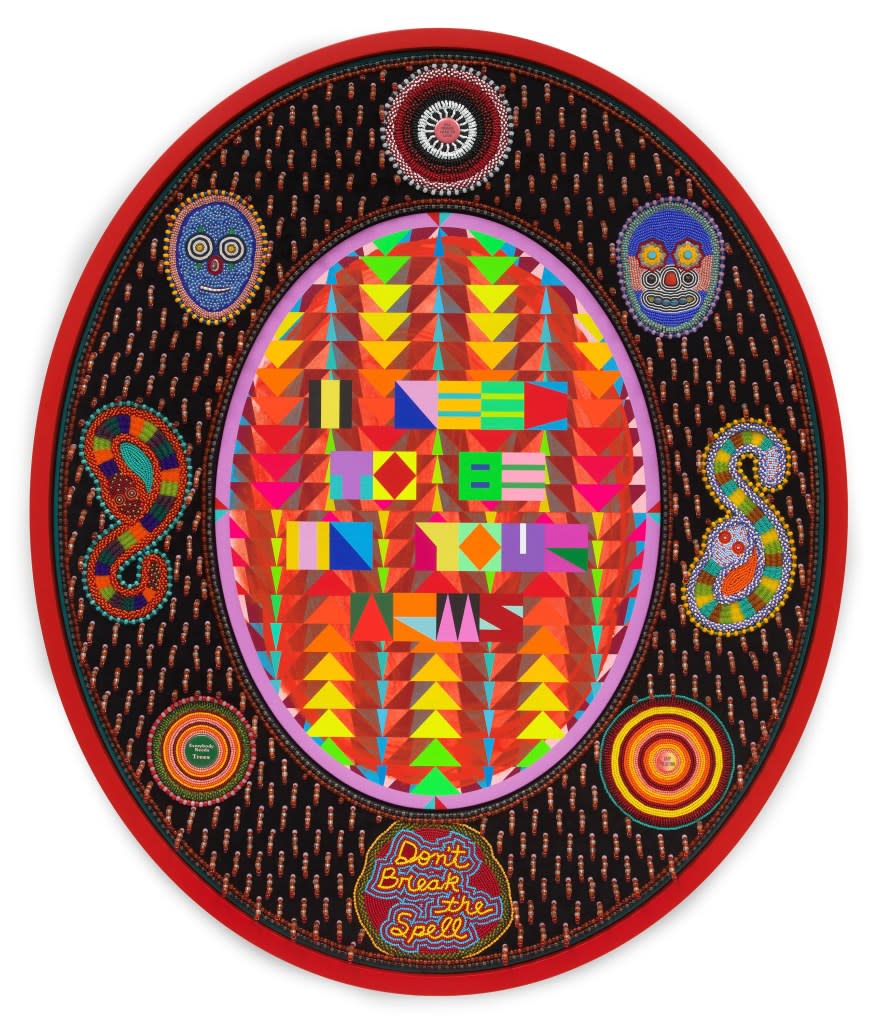
Photo: MAX YAWNEY
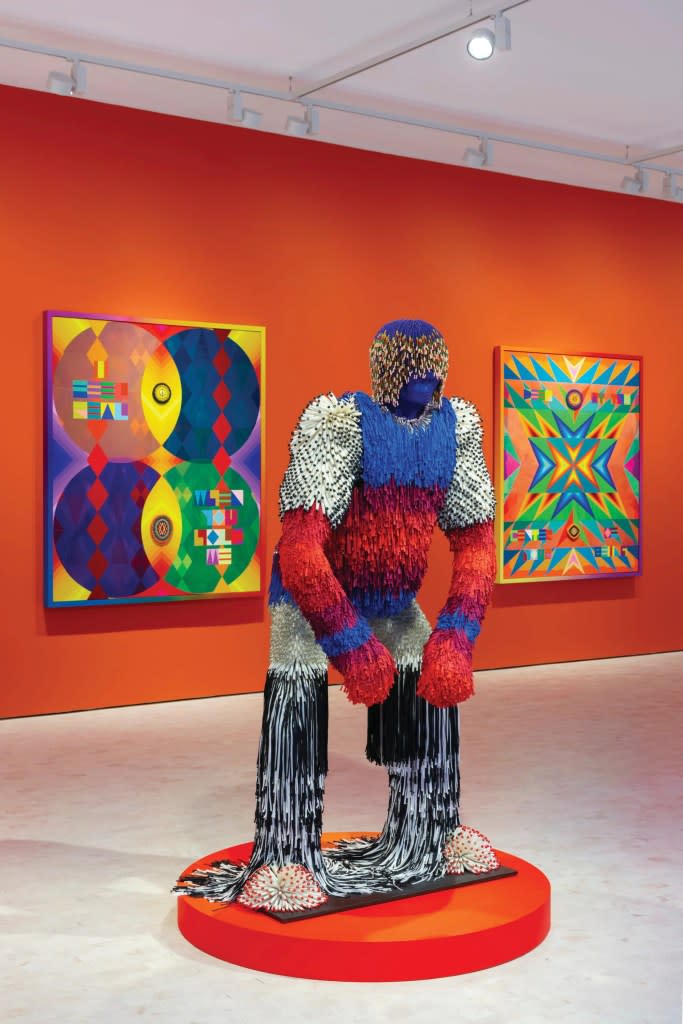
Photo by LUCY DAWKINS
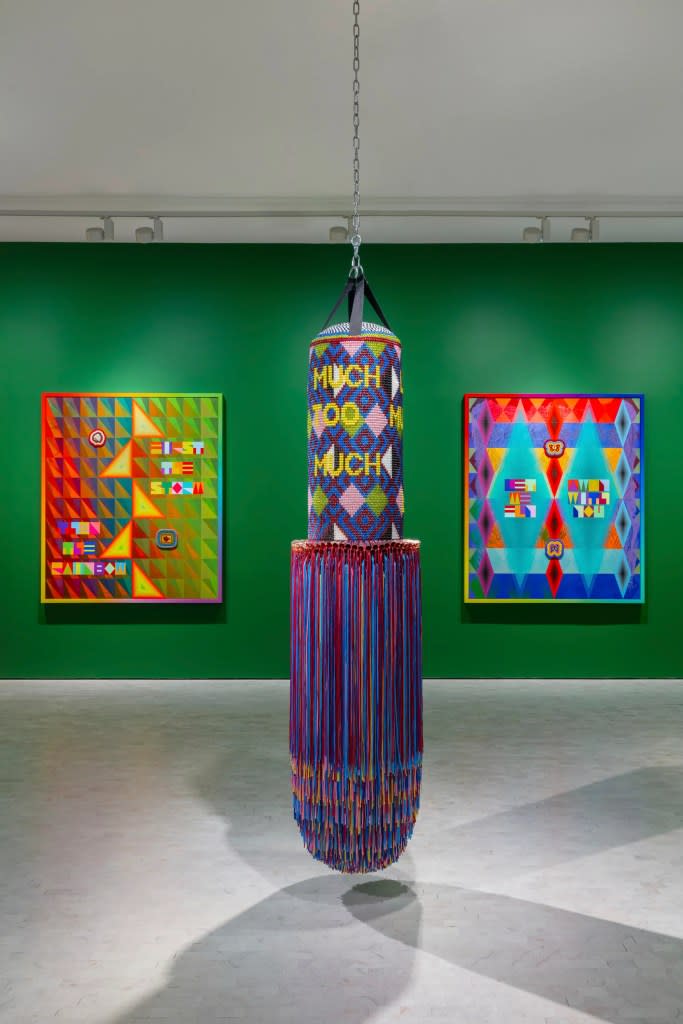
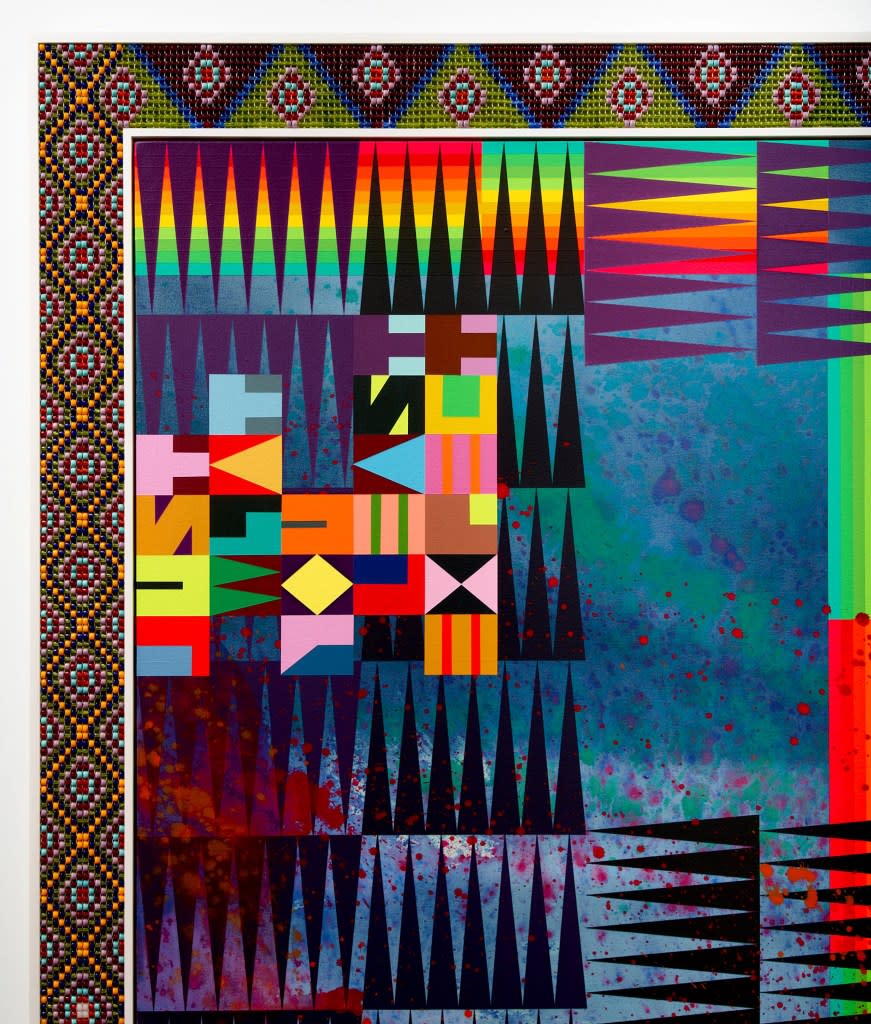
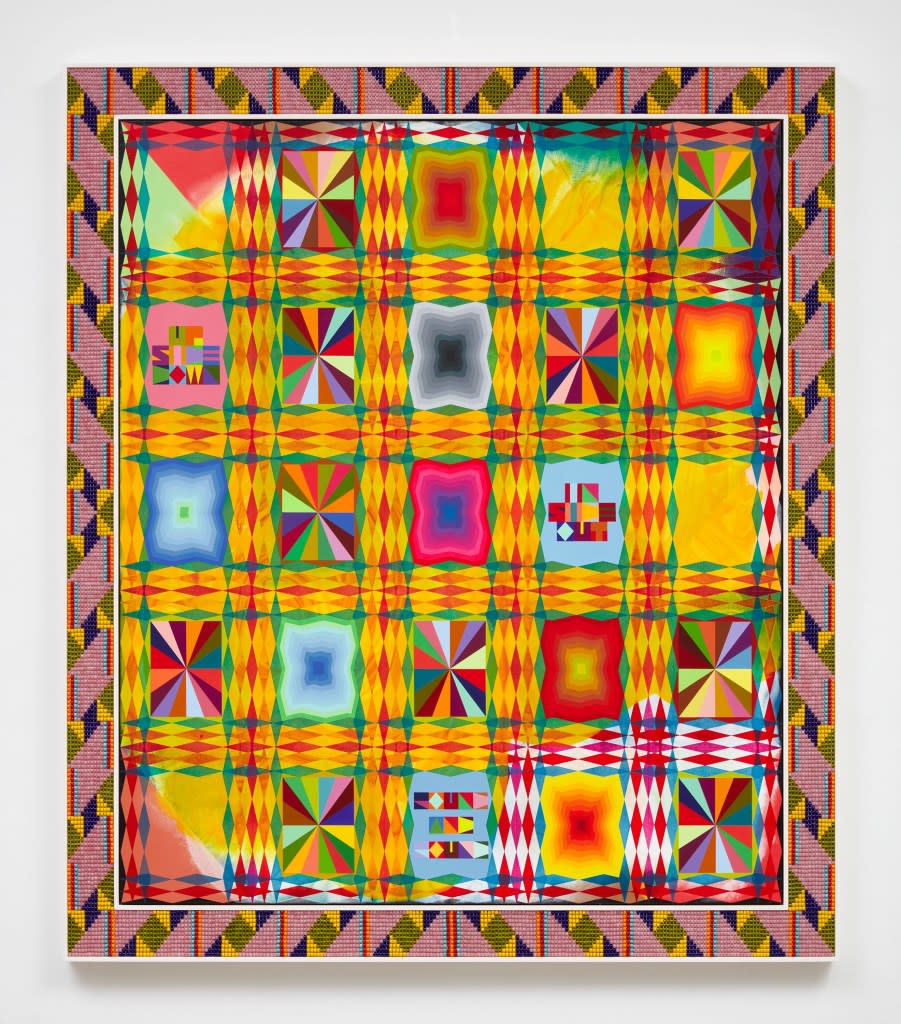
Photo Courtesy of Sikkema Jenkins & Co.
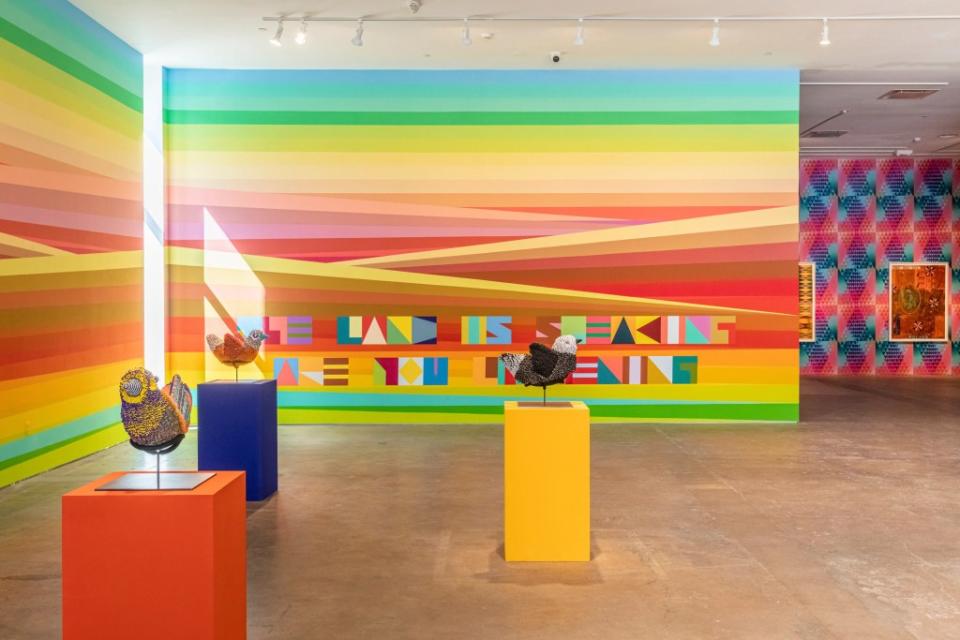
Photo by Shayla Blatchford Courtesy of Site Santa Fe
The post Space Maker appeared first on TheWrap.


